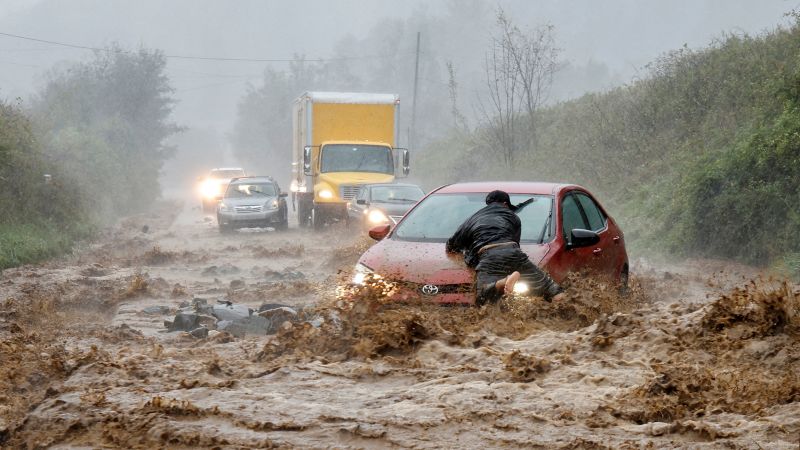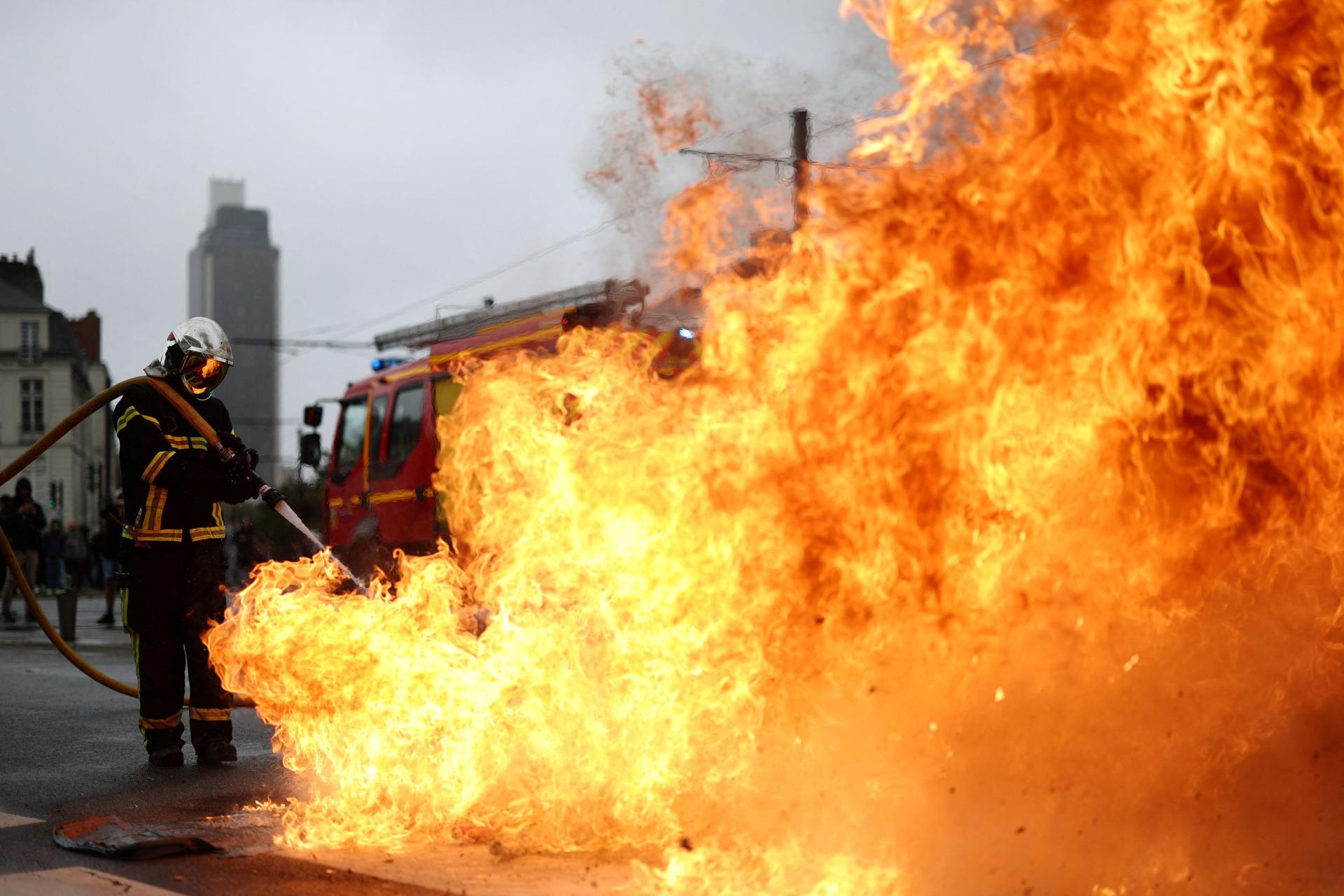The system that moves water around the planet is increasingly ‘erratic and extreme,’ new report finds

The global water cycle has become “increasingly erratic and extreme” with wild swings between droughts and floods, spelling big trouble for economies and societies, according to a report published Thursday by the World Meteorological Organization.
The water cycle refers to the complex system by which water moves around the Earth. It evaporates from the ground — including from lakes and rivers — and rises into the atmosphere, forming large streams of water vapor able to travel long distances, before eventually falling back down to Earth as rain or snow.
Climate change, driven by humans burning fossil fuels, is upending this process.
Nearly two thirds of global river basins did not experience “normal conditions” last year, grappling with either too much or too little water, according to the WMO’s State of Global Water Resources report, an annual analysis of global freshwater, including streams, rivers, lakes, reservoirs, groundwater, snow and ice.
Many regions grappled with a dearth of water in 2024, the planet’s hottest year on record. Amazon rivers fell to unprecedented lows, parts of southern Africa endured a drought so extreme governments said they needed to cull hundreds of animals including elephants, and crops shriveled in areas of the United States such as Texas, Oklahoma and Kansas.
Hot temperatures also affected water quality in nearly every one of the world’s 75 main lakes, the report found.
Despite the heat and drought, “we also observed multiple floods, and even more floods than in other years,” said Stefan Uhlenbrook, a lead author of the report and the director of hydrology, water and cryosphere at the WMO.
Europe experienced its most extensive flooding since 2013, Hurricane Helene brought catastrophic floods to parts of the US, killing at least 230 people, and extensive flooding in West and Central Africa led to around 1,500 deaths.
The world’s icy landscapes suffered, too, according to the analysis.
Glaciers saw widespread losses for the third year straight, losing 450 gigatons of ice — equivalent to a block 4.3 miles tall, 4.3 miles wide and 4.3 miles deep, or enough water to fill 180 million Olympic swimming pools. Scandinavia, the Arctic archipelago of Svalbard and north Asia all experienced record glacial melt, the report found.
Glacial melting has huge consequences for sea level rise and flooding risk, and threatens countries that rely on glaciers for power, irrigation and drinking water.
It’s difficult to put numbers on the total economic cost of an increasingly erratic water cycle but single flood events last year caused billions in damages, Uhlenbrook said. Changing availability and access to water resources can also “fuel tensions and conflicts,” he added.
“Water sustains our societies, powers our economies and anchors our ecosystems,” said WMO secretary-general Celeste Saulo in a statement. “And yet the world’s water resources are under growing pressure and — at the same time — more extreme water-related hazards are having an increasing impact on lives and livelihoods.”



